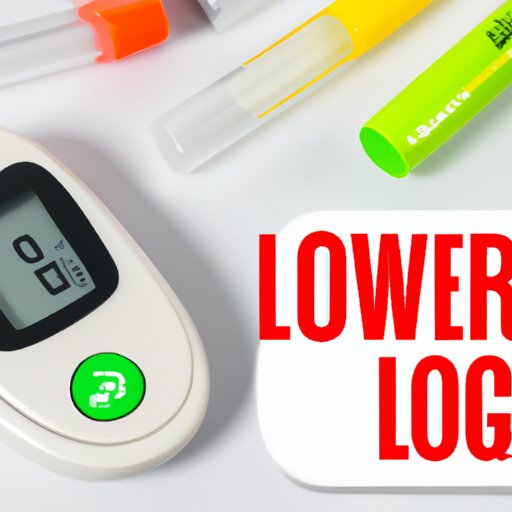
How to Know If You Have Low Blood Sugar
When your blood glucose levels drop below the normal range, you may experience low blood sugar or hypoglycemia. This condition can be caused by various factors including dietary habits, medications, and certain medical conditions. The symptoms of low blood sugar can be mild or severe. Therefore, it’s important to know how to recognize the signs. In this article, we’ll explore the symptoms, causes, and effective ways to manage low blood sugar.
Symptoms of Low Blood Sugar
Low blood sugar symptoms can be diverse and may differ from person to person. The following are the most common symptoms:
- Trembling or shaking
- Sweating
- Headaches
- Confusion or difficulty thinking clearly
- Dizziness or lightheadedness
- Irritability or mood changes
- Blurry vision
- Fatigue or weakness
- Fast heartbeat or palpitations
If you have diabetes, you may also experience symptoms like anxiety, hunger, tingling sensation around the mouth, numbness, or seizures.
Identify the Cause
If you experience low blood sugar frequently, it’s important to determine the underlying cause. Some common causes of low blood sugar include:
- Taking too much insulin or other glucose-lowering medications
- Not eating enough or delaying meals
- Excessive alcohol consumption
- Underlying medical conditions, such as liver, kidney, or pancreatic disease
To identify the cause of low blood sugar, it’s helpful to keep a blood glucose monitor and a log of your blood sugar readings. Additionally, talk to your healthcare provider so that they can evaluate your blood sugar levels, diet, and other factors contributing to hypoglycemia.
Use of Blood Sugar Monitoring Devices
Blood sugar monitoring devices are essential tools in managing low blood sugar. These devices help to measure your blood glucose level, and your healthcare provider can adjust your treatment plan accordingly. Glucose monitors and continuous glucose monitors (CGMs) are two commonly used devices.
A glucose monitor involves pricking your finger and placing a drop of blood on a test strip to measure your blood sugar. It’s a fast and easy way to obtain your blood sugar readings. On the other hand, CGMs require inserting a tiny sensor under your skin to measure your blood sugar levels continuously. With the help of a small receiver, you can monitor your blood glucose level throughout the day. This device is useful for people who require close monitoring of their blood sugar levels to avoid hypoglycemia.
Modify Diet Habits
Diet is a crucial factor in managing low blood sugar. Dietary changes can help to regulate your blood sugar levels and avoid hypoglycemia. Here are some tips for modifying your diet:
- Reduce your sugar intake and avoid sugary drinks and snacks
- Opt for complex carbohydrates instead of simple ones. Whole grains, beans, and legumes are excellent sources of these carbohydrates
- Increase your fiber intake by eating more fruits, vegetables, and whole grains
- Eat small and frequent meals
- Ensure you eat a balanced diet, including lean protein, healthy fats, and complex carbohydrates
Exercise and Low Blood Sugar
Physical activity can have a significant impact on blood glucose levels, especially in people with diabetes taking antiglycemic medications. When planning to exercise, consider the following tips to prevent low blood sugar:
- Discuss the exercise plan with your healthcare provider beforehand
- Monitor your blood sugar before exercising, during, and after exercising
- Eat a snack before and after exercising to energize your body
- Know the signs of low blood sugar and how to treat when it occurs
Treatment of Severe Hypoglycemia
Sometimes, despite following all the preventive measures, you may still develop severe hypoglycemia. Severe hypoglycemia is characterized by low blood sugar levels that can lead to unconsciousness. It’s essential to know the symptoms of severe hypoglycemia, which include seizures, confusion, and loss of consciousness. In such cases, a hormone called glucagon can be used to raise your blood sugar level quickly. It’s important to have glucagon available in case of emergency situations. Talk to your healthcare provider about it.
Conclusion
In conclusion, low blood sugar is a condition that can be managed effectively with the right measures. Identifying the underlying causes, using blood sugar monitoring devices, modifying your diet, exercising properly, and knowing the treatment of severe hypoglycemia are all practical ways of managing low blood sugar. Talk to your doctor about the best ways to manage your blood sugar and live a healthy life.





